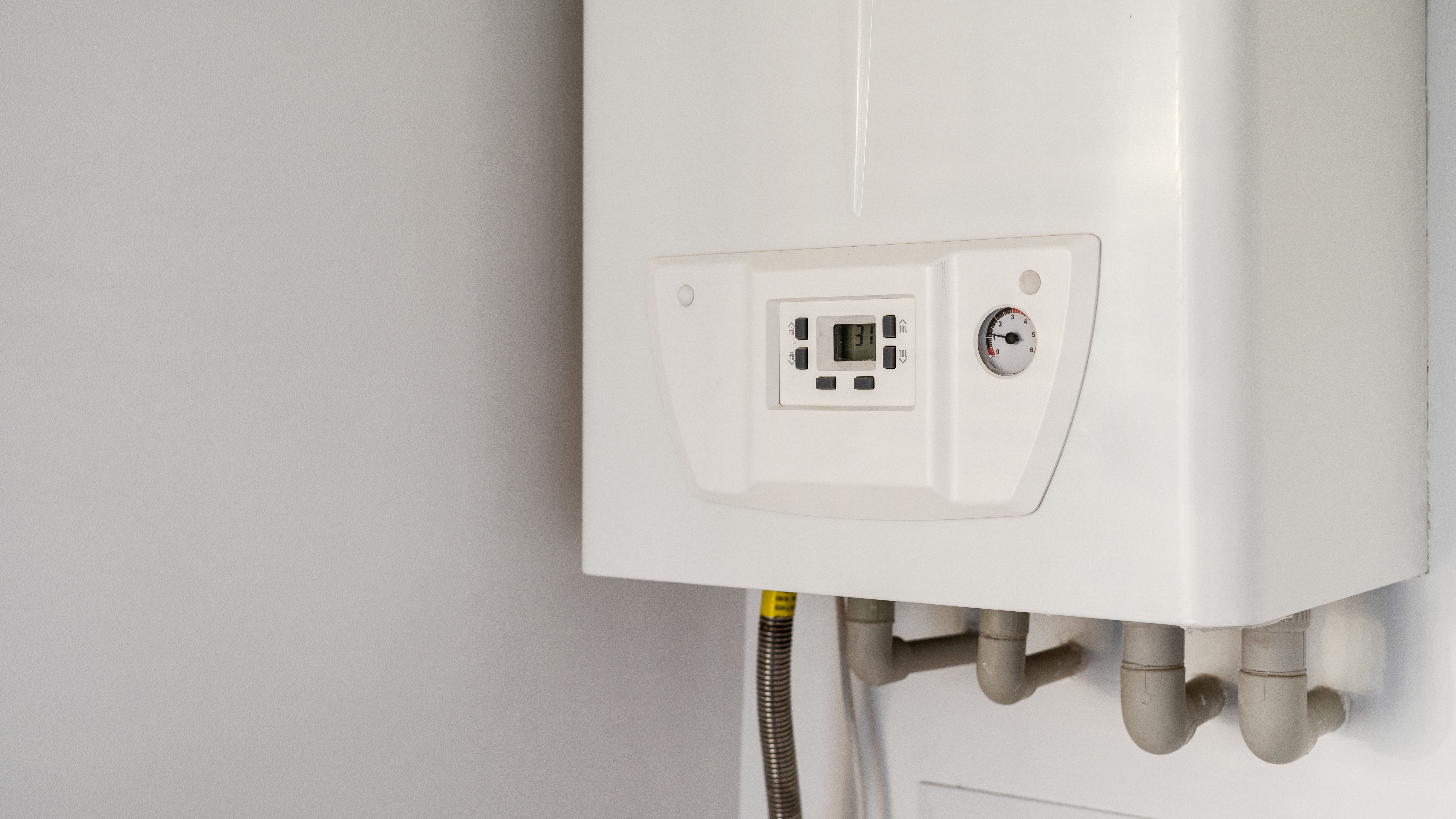From smart phones to toothbrushes to power tools, rechargeable batteries let us go cordless. But rechargeable batteries must be recharged, and those chargers can waste a lot of electricity.
DOE's new energy efficiency standards for battery chargers, published last Friday, are similar to strong state standards adopted in California in 2012 and, subsequently, in Oregon. Back in 2012, DOE had initially proposed weaker federal standards, but later decided to update its analyses to reflect changing technology in this fast-moving market and the effects of the state standards. DOE has now determined that the stronger state standards are right for the nation.
As battery-powered devices have become more and more common, battery charging systems (the battery, the power supply, and charge control circuitry) have proliferated and are consuming ever greater amounts of electricity. The new national battery charger standards cover a wide range of products that use rechargeable batteries, ranging from laptops to flashlights to golf carts. Battery charging systems that meet the standards are expected to provide the same service, look the same, and be about the same size as current battery chargers. Most users will probably be unaware of the change.
DOE estimates that eliminating battery chargers that don’t already meet the new standards will save 0.173 quadrillion BTUs over 30 years – resulting in net present benefits of $0.6 to $1.2 billion for US consumers. This reduction in energy consumption will also prevent the emissions of nearly 10.79 million metric tons of CO2 over the same period. Annual electricity savings will reach about 500 million kilowatt hours.
But these incremental savings from the federal standards are really just the tip of the iceberg. About 95% of battery chargers sold nationally already meet the California and Oregon standards, which have been in effect for several years now. For the most part, manufacturers have already shifted their product lines to comply with the state standards rather than have different products for California and Oregon and the rest of the country.
Counting the combined effect of the state and federal standards, more efficient battery chargers will save 18 billion kilowatt hours per year, or more than enough to meet the annual electricity needs of 1.5 million US households. These electricity savings will translate into $2.2 billion in lower utility bills. The new standards will come into effect in two years.
An important next step for DOE is to develop standards for uninterruptible power supplies, which are used to provide constant electricity to computers, modems and routers, even during a power failure. DOE left uninterruptible power supplies out of the battery charger standards when the agency found that the current test method could not be used to measure their efficiency. DOE proposed a revised test method in April and will be working on standards next.




